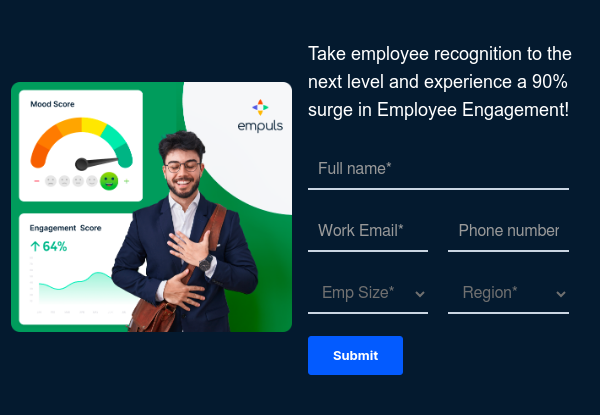How many performance goals should an employee have?
Similarly, the number of performance goals an employee should have depends on various factors, including job responsibilities and organizational objectives. Having 3 to 5 performance goals is generally recommended to ensure clarity and focus.
How do you set employee goals?
Employee goals should be set using the SMART criteria, which means they should be Specific, Measurable, Achievable, Relevant, and Time-bound. Additionally, they should align with the organization's overall objectives and be communicated effectively to ensure understanding and commitment.
























